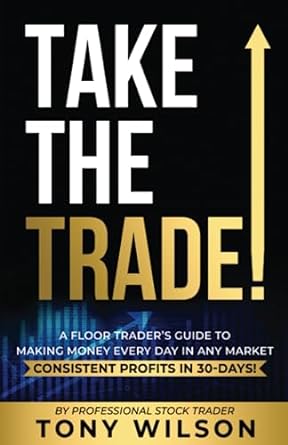Question
Bombardier, after spending $250,000 on a feasibility study, has determined that its customers will be willing to pay more money for the C Series model
Bombardier, after spending $250,000 on a feasibility study, has determined that its customers will be willing to pay more money for the C Series model if Bombardier invests in a manufacturing technology upgrade that can enhance the safety of the engine. Bombardier realizes that the delays in the C Series program are likely costing them potential sales of the C Series jets. The feasibility study allowed management to better understand the implementation costs of the new technology as well as the potential payoff. Thus, they see the opportunity to make a short-term investment in the engine technology that will affect the next eight years of production in order to improve their overall offering to their customers.
Because the C Series production facilities are already covered in original cost estimates, no additional costs for production facilities are required. However, the required new machinery will cost $2,000,000 and will be subject to capital cost allowance depreciation (Asset Class 8, 20% CCA rate). When the C Series program expires after year eight, Bombardier executives figure there will be $324,578 in salvage on the equipment. Sales across the eight years of the C Series program are projected to be 18 units, 22 units, 29 units, 43 units, 54 units, 34 units, 36 units, and 39 units.
Bombardier expects that the price to their customers will start at an additional $120,000 with three per cent increases per year, as they wish to keep their prices competitive. Material costs of production are expected to be $68,000 per unit, growing at four per cent a year. Fixed costs per annum will amount to $680,000. The corporate tax rate Bombardier is subject to is 26.7 per cent, as of end of fiscal 2018.
Finally, Bombardier requires a maintained investment in working capital of $375,000 at the beginning of the project. This will stay at 15 per cent of sales at the end of each year, and reduces to 0 by the project's end; therefore, the investment in working capital is fully recovered by the project's end. As the company will be purchasing raw materials prior to production and sales delivery, they must create an investment in inventory as well as maintaining some cash as a buffer against unforeseen expenses. If the firm has negative taxable income from the project in a given year, please assume that the firm has positive income from other projects, so that the loss can be written off (as a tax benefit) against this other project income in the same year.
Questions
2. What is the Net Present Value of the project if the required rate of return (Weighted Average Cost of Capital) is equal to 3.80 per cent?
3. By how much would the Net Present Value of the project change if unit sales were 25 per cent less than expected (round down toward zero the number of units)?
Step by Step Solution
There are 3 Steps involved in it
Step: 1

Get Instant Access to Expert-Tailored Solutions
See step-by-step solutions with expert insights and AI powered tools for academic success
Step: 2

Step: 3

Ace Your Homework with AI
Get the answers you need in no time with our AI-driven, step-by-step assistance
Get Started


